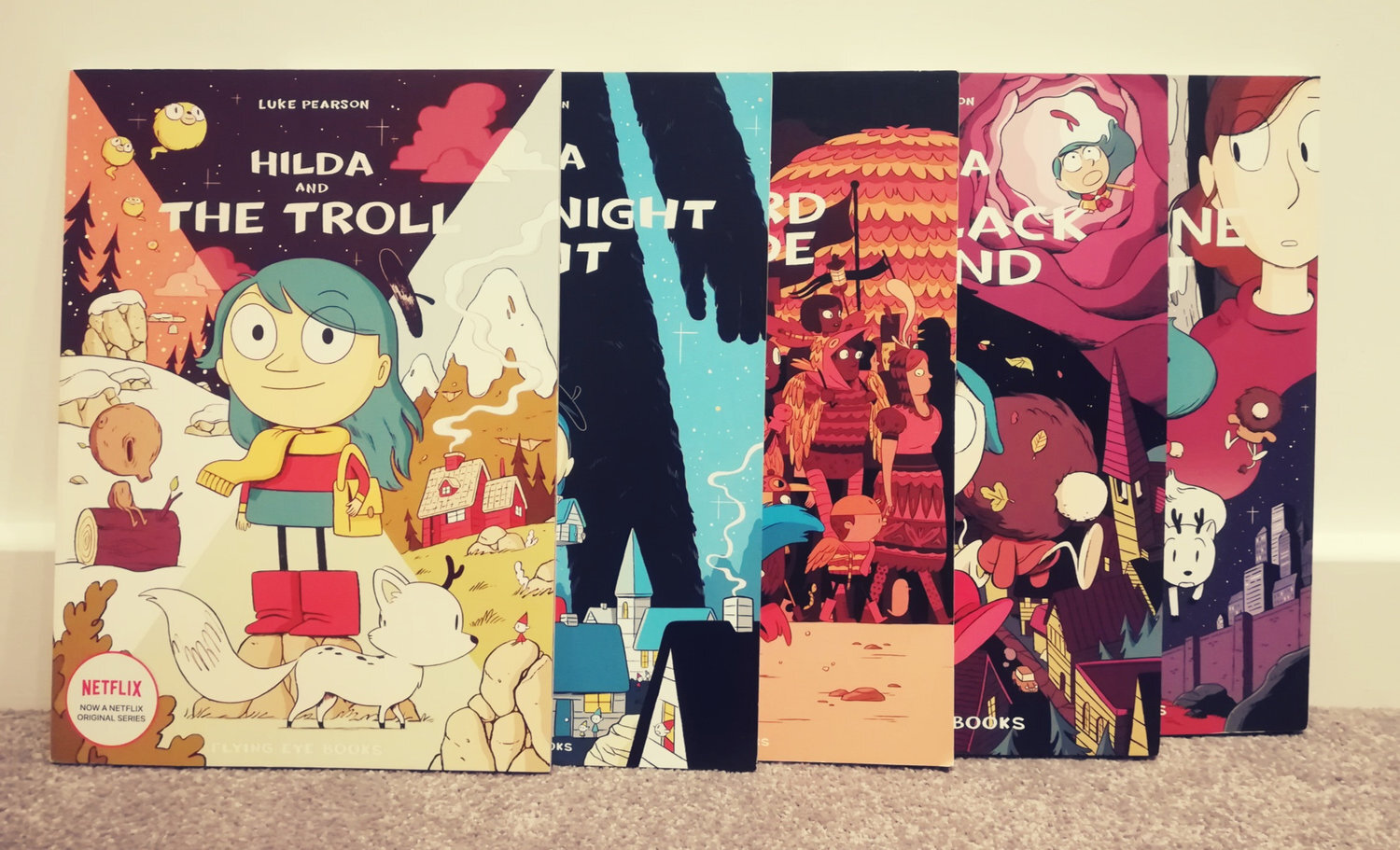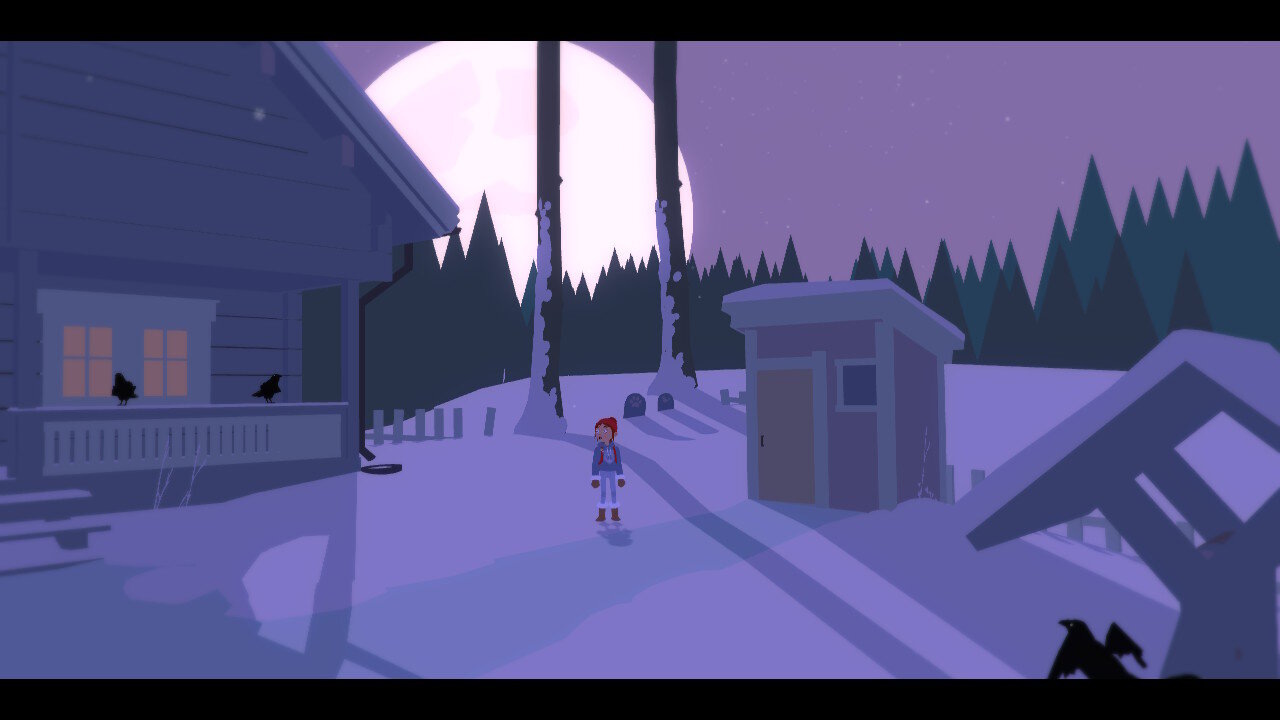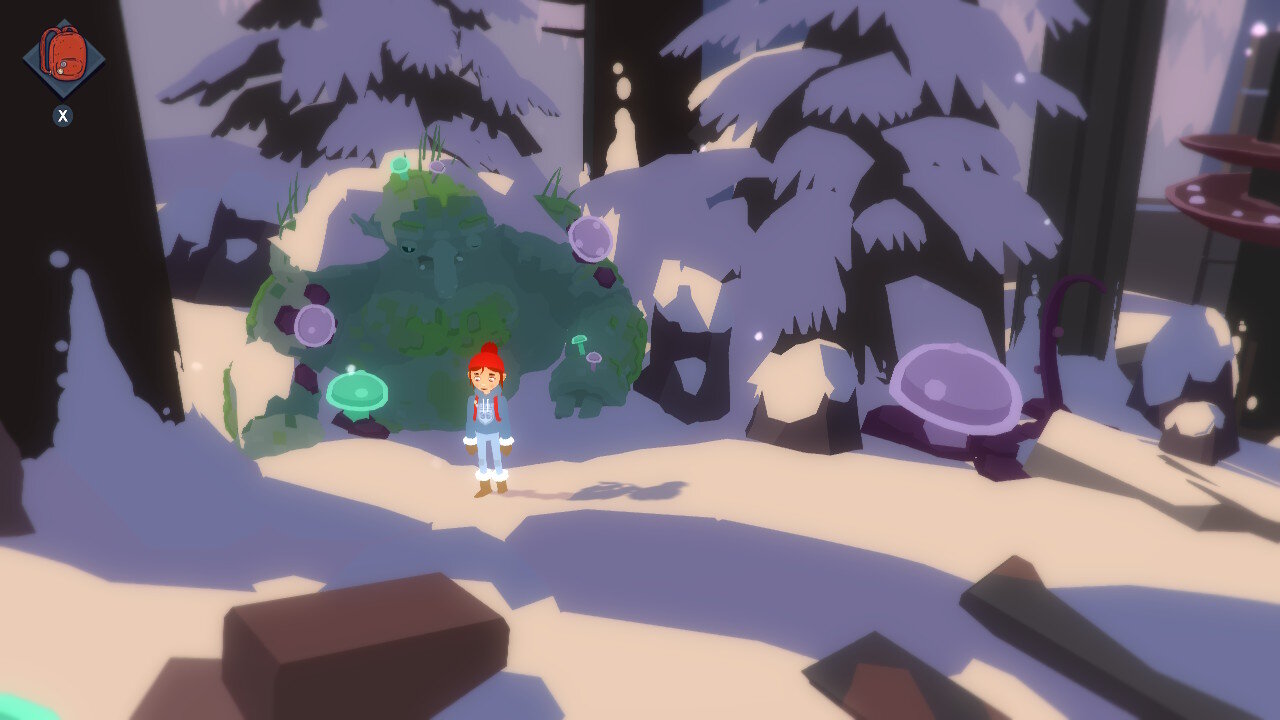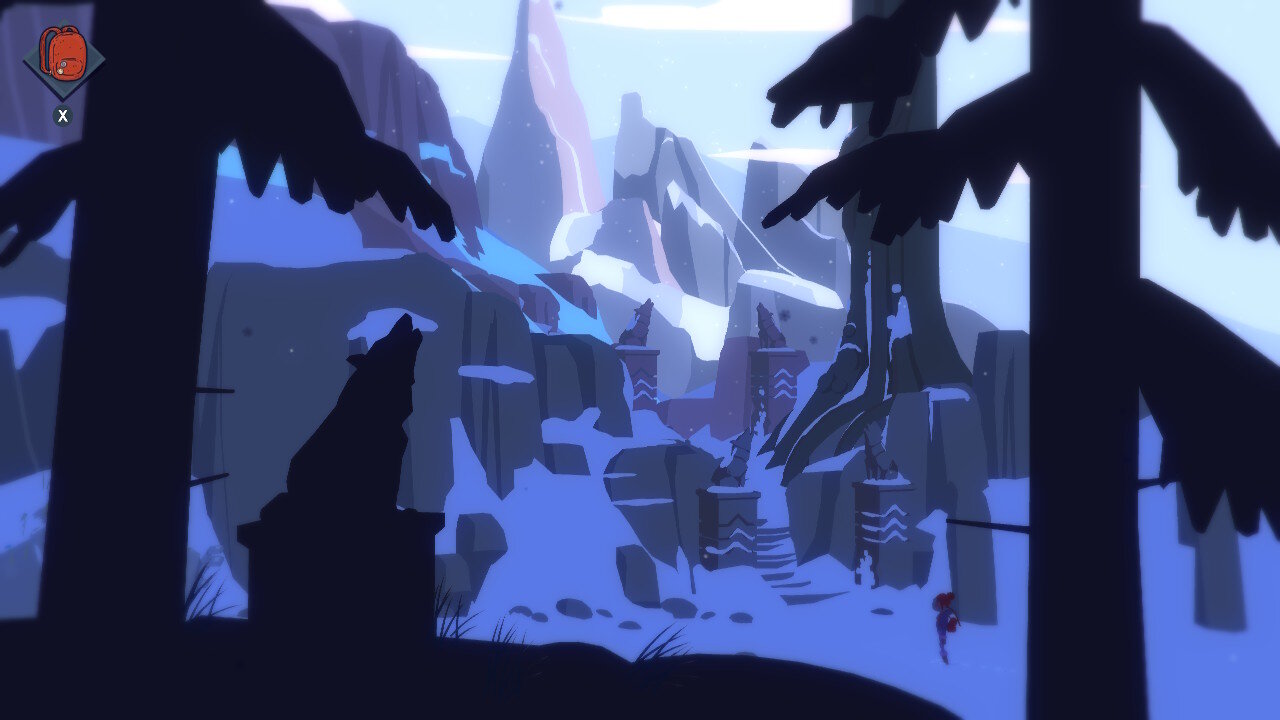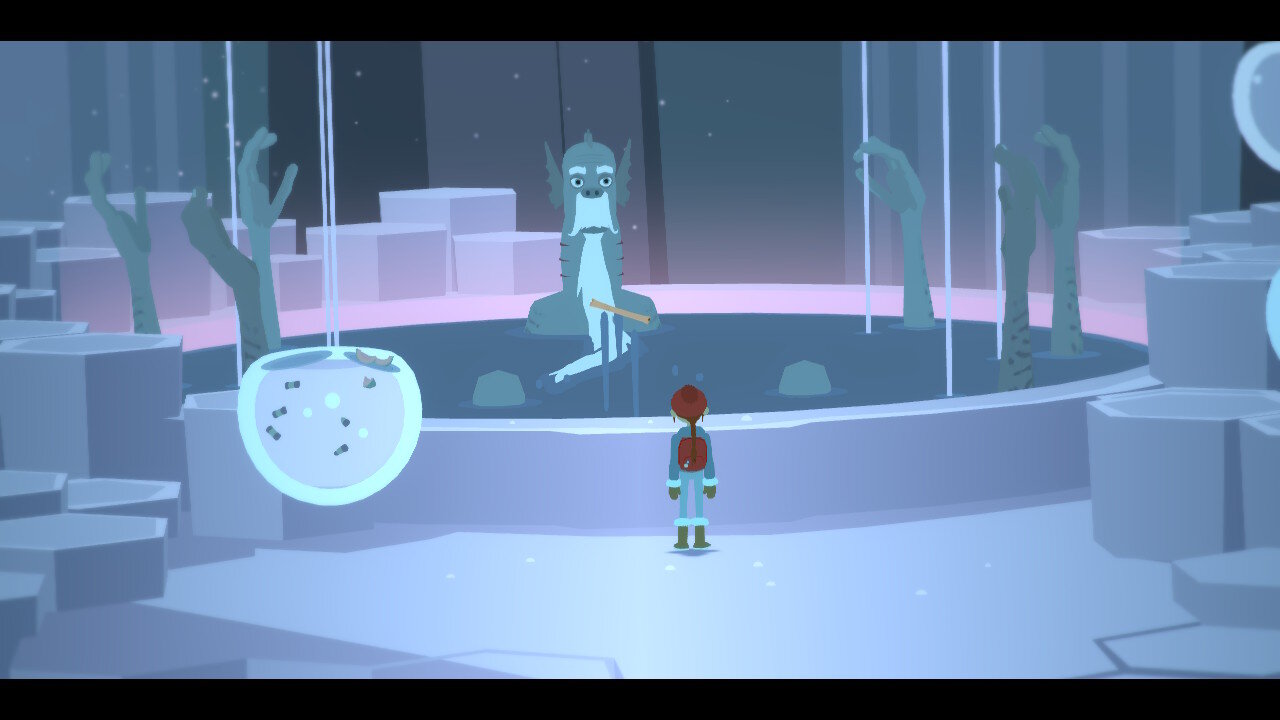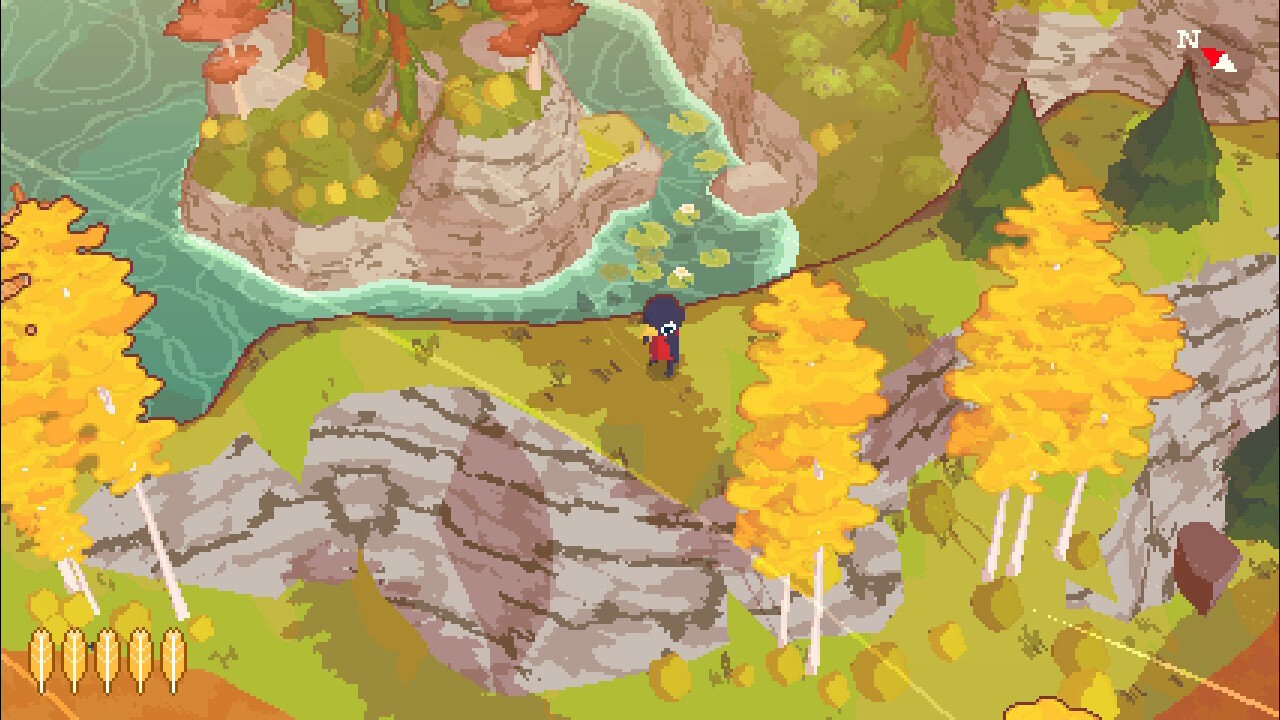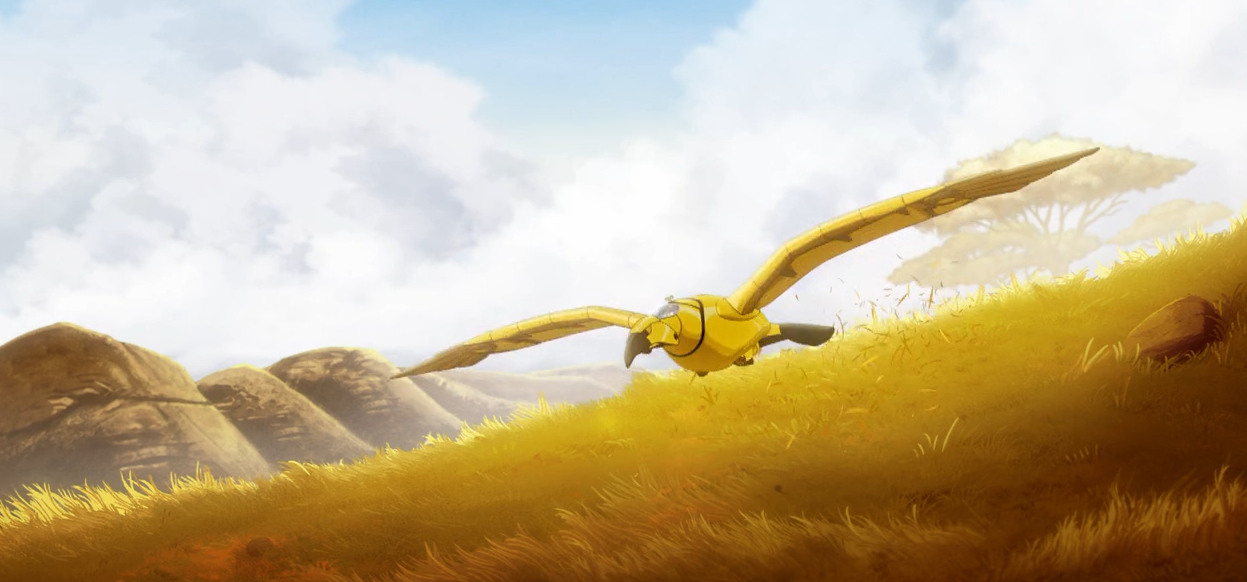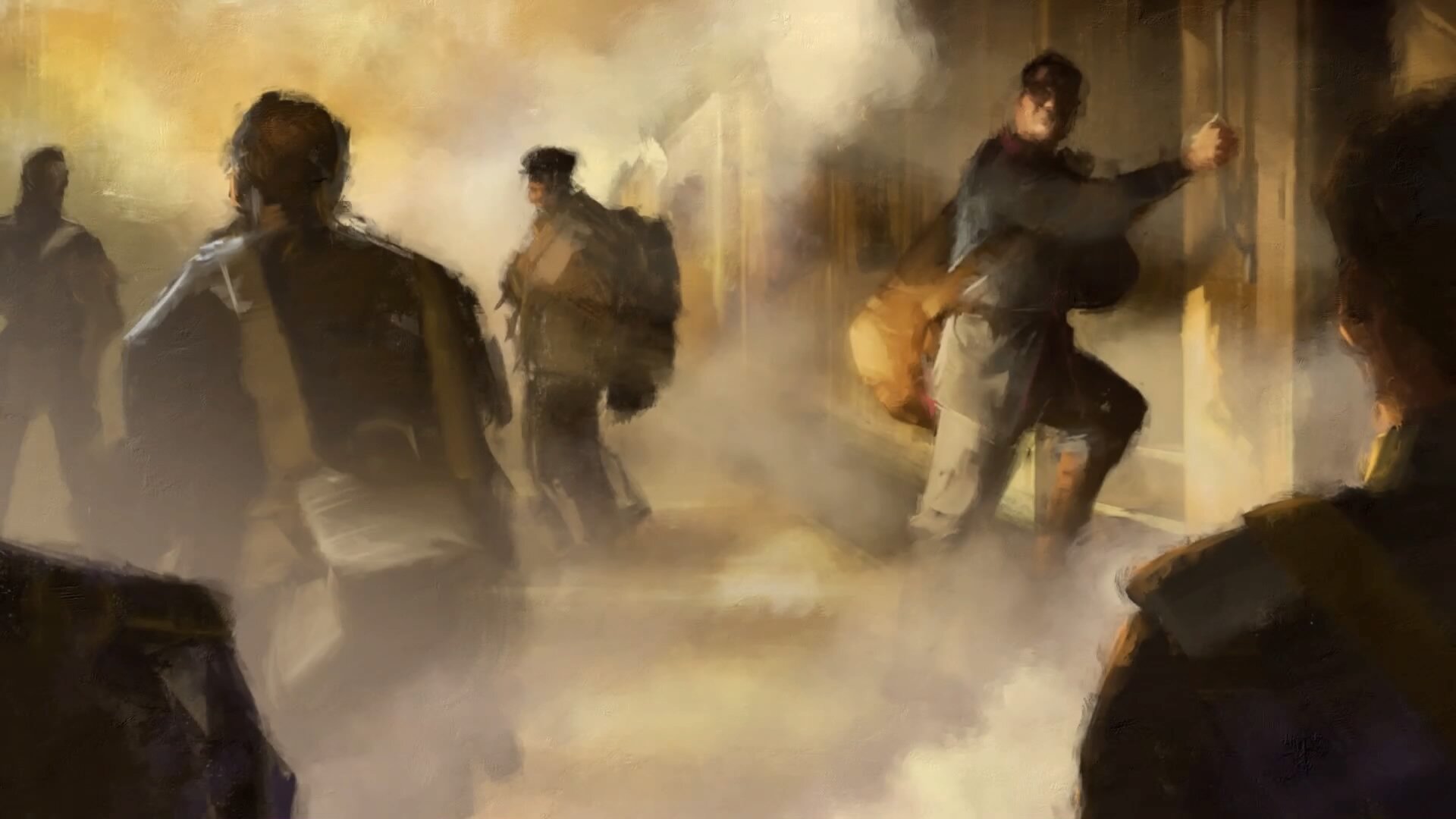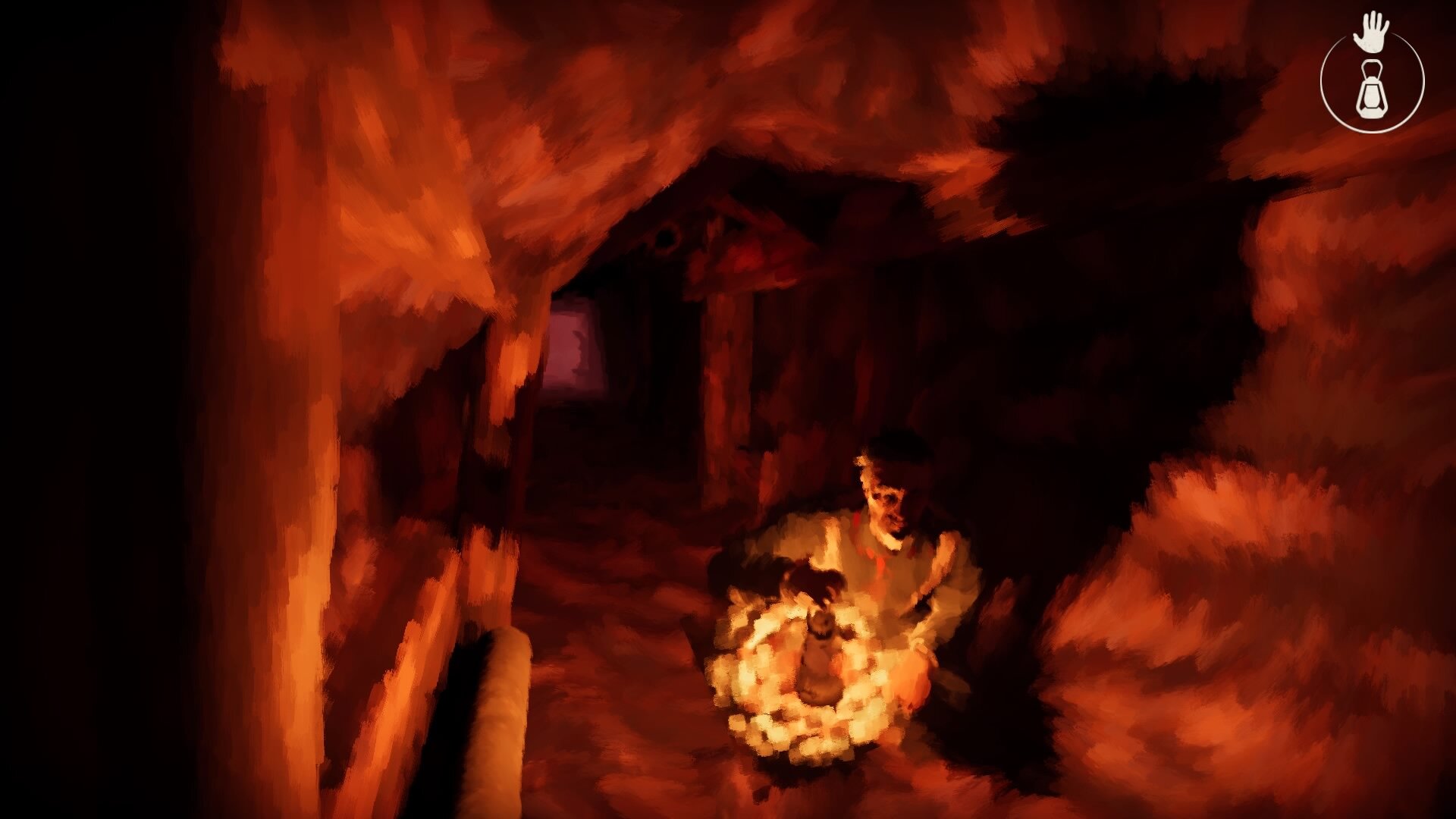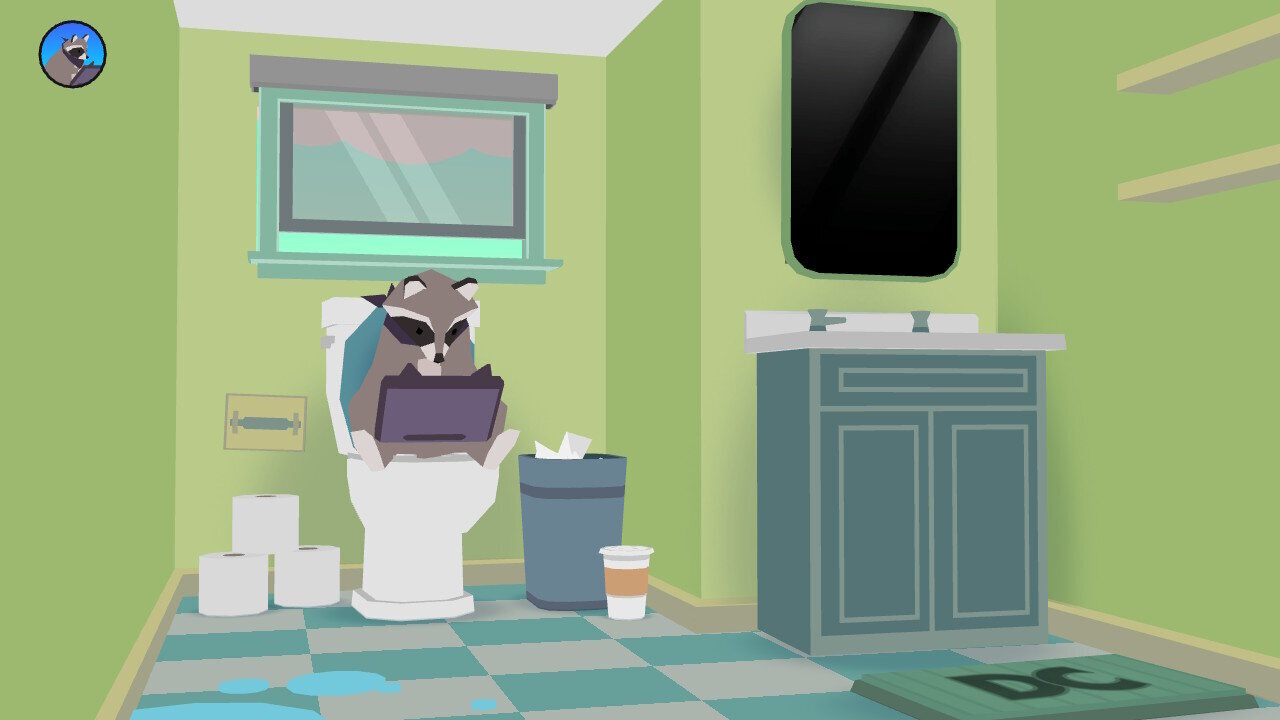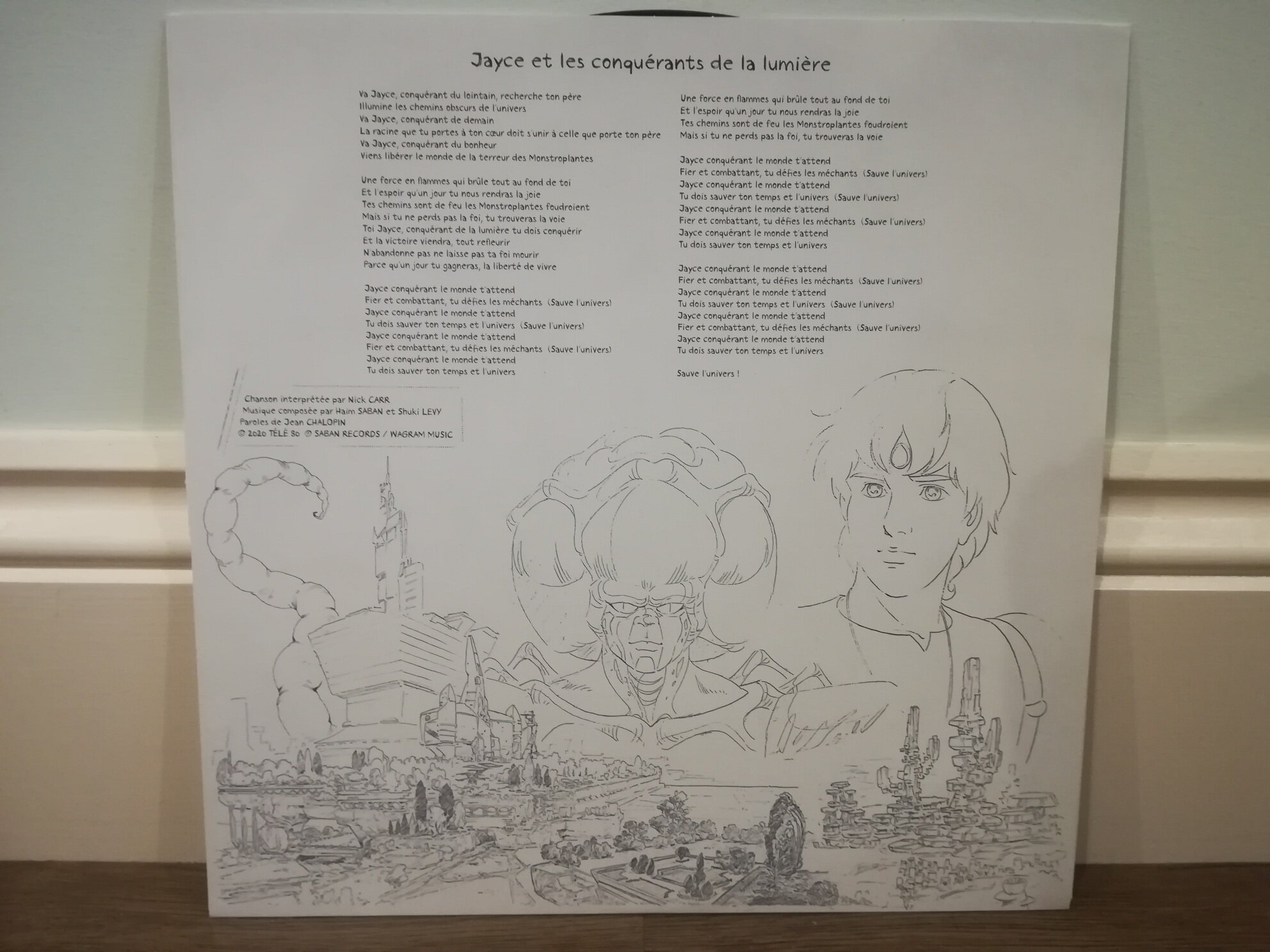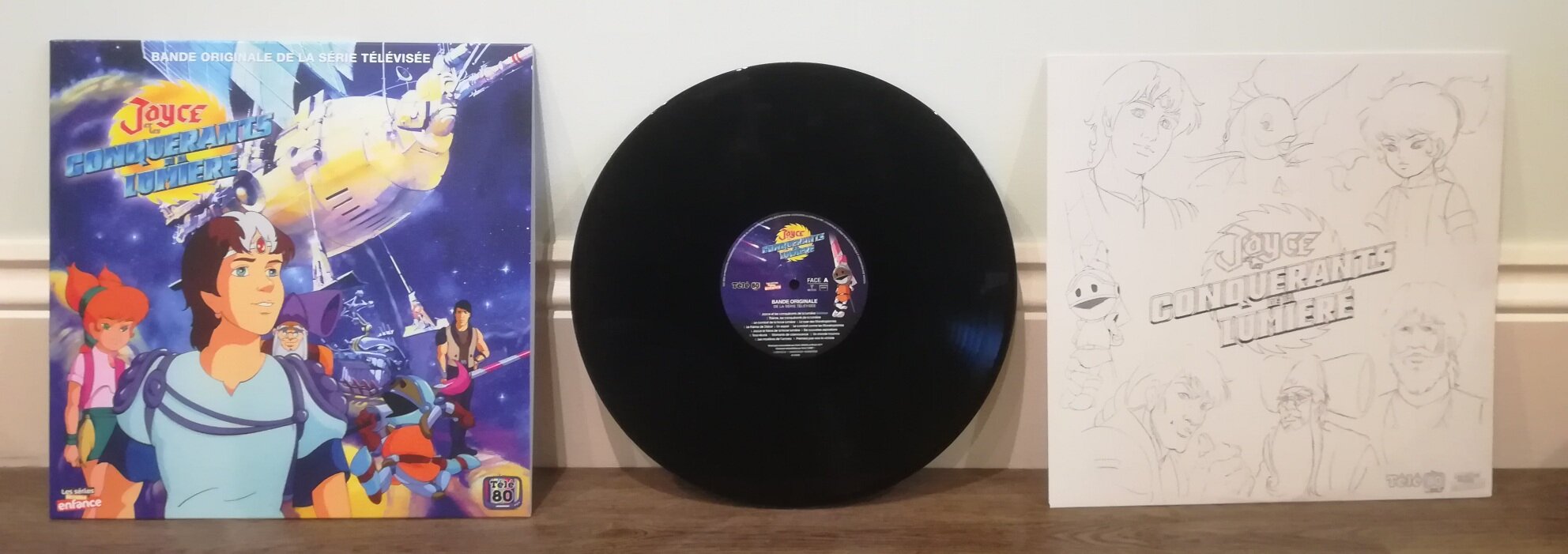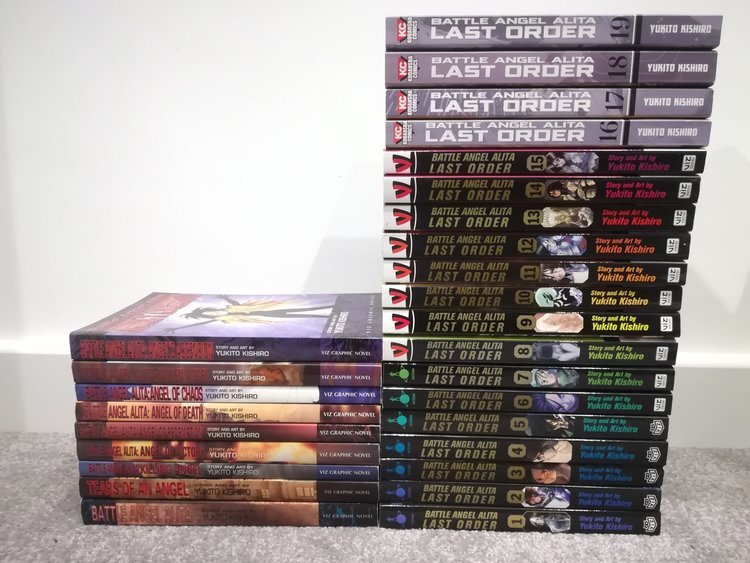Hilda is an amazing Netflix animated show. The first season, a 13 part animated series, was adapted from the multi-award-winning and highly acclaimed graphic novel series by Luke Pearson about a young, blue-haired girl who goes on many adventures.
I love the graphic novel series. You can see how Luke Pearson’s art changes and evolves.
In season 1, protagonist Hilda lived with her mother in a cabin near the woods and mountains, away from people. It is in this landscape that Hilda went on her first few adventures filled with magical creatures and magical worlds that co-exist alongside hers/ours.
When their home is destroyed Hilda and her mother left their cabin and moved to the city of Trolberg. Here, Hilda adapted to life in an urban setting, meeting new people and the complexities that brought. She began to understand the beauty that can exist in the city and developed friendships through the Sparrow Scouts group she joined. It was here that the main thrust of the series pushed forward with each episode being an amazing and whimsical adventure. There were elves, stone giants, a Thunderbird and even a nightmare inducing teen thrown into the mix and it all ended up making sense as the world with a tapestry of story and character with its world-building logic.
I loved the original series and felt that the weirdness and slight tinge of unease was reminiscent of Over The Garden Wall, Gravity Falls and Scrooby Doo: Mystery Incorporated.
With season 2, Netflix have kicked things up a gear as we have lots of new stories which diverge from the comic series as most of this had been covered in the previous season. Fear not however as these original tales are excellent and continue the good work done in the previous season. It deepens the relationships between Hilda and the citizens of her world as they try to navigate the threat posed by Ahlberg, a narcissistic figure who seeks to destroy the trolls and ascend to some form of power. He is a great foil for our heroine over the course of the show, which has this through-line.
The individual episodes and my thoughts are below, but be aware, there be mild spoilers:
In Episode 1, The Stone Circle, we are introduced to Erik Ahlberg who is the self-appointed Trolberg Safety Patrol Inspector and is a vain glorious man, seeking fame and fortune at any cost, even if it means ruling up the trolls who are wandering closer to the city walls. This is a great start as it sets up an antagonist for the duration of the show.
In episode 2, The Draugen, Hilda goes through different adventures to ascertain who Ahlberg is and what his endgame is. This includes meeting pirate ghosts (the Draugen) and making a deal with the Rat King, but to no avail... yet. This is quite scary as you see the ghosts of dead sailors seeking to wreak havoc but the ending is quite sweet and emotional.
The third episode, The Witch, sees Hilda and best friend Frida help the librarian retrieve an overdue library book from a scarily private and accomplished witch. It's fun and full of awesome moments, and features trials much like the ones The Goonies faced but more kid friendly and with less problematic slurs. There are sweet moments like when a pupil meets her teacher and realises that she didn't disappoint her but achieved her best.
Episode 4, The Eternal Warriors, has Hilda, Frida and David explore the wilderness with the Sparrow Scouts but when David is scared of ghost stories he meets Warriors who can grant him immunity from fear. This is quite a gruesome episode as heads and limbs are lopped off, but it's all quite comedic as David learns the value of accepting who he is.
The Windmill, which is episode 5, sees the return of meteorologist Victoria Van Gale. When the team meet her -living off grid in windmill surrounded by woodland creatures- they are suspicious of her but soon she wins then over. However, is she hiding a deep secret? This is an emotive episode that looks at how we can do bad things, even when our intentions are good; it's the whole 'hubris of man' thing.
In episode 6, The Old Bells of Trolberg, when an automated systems which rings the bell on the hour every hour is installed by the Safety Patrol it wreaks havoc on the lives of everyone in and surrounding Trolberg. Hilda et al. plan and carry out a heist to take the system out before it is rolled out. This is a great episode as we see different groups working together to keep Trolberg noise free from the bells.
The seventh episode, The Beast of Cauldron Island, finds the Lindworm accused of destroying boats in the harbour. When Ahlberg assembles a motley crew to take the creature down, Hilda and crew try to ensure its safety but find another, more true, threat. This is an exciting show as the lore of mythical creatures is extended and we are introduced to a true legend. We also see the dynamic between Hilda and her mum as concerns about her safety come to the fore.
The Fifty Year Night, episode 8, sees Hilda grounded after lying to her mum in the last episode. When she sees her neighbour acting suspiciously Hilda opens one of his historical magazines only to be transported 50 years into the past. She discovers a tale about one magical night at a dance hall and a lifetime of regret and seeks to change that. But, messing with the past had repercussions and echoes. This is a really emotional episode and very heartfelt as Hilda learns about regret and consequences. I won't spoil it but there is an emotional scene with soft piano music playing where an acceptance of a decision that has consequences nearly had me bawling my eyes out.
Episode 9, The Deerfox, sees Twig leave Trolberg and going back into the wilderness. He seeks refuge in the destroyed remains of the house he once lived in and loved in the wilds but also feels a greater pull calling to him. Hilda is bereft to realise that Twig is gone and goes out to find him. What follows is a flashback of how Hilda and Twig first met. This is a beautiful story as we see Hilda realise that she might have taken Twig for granted. Also, we see Twig's origins of sorts and it is one of the most gorgeously animated sequences in the series.
In episode 10, The Yule Lads, Hilda accidentally gets her mum kidnapped by some elves who seek out naughty children and adults. This is a fun Christmassy story about not judging others and making things right. It's a slight but sweet episode.
When the Tide Mice cause magical troubles at the local snack company in episode 11, The Jorts Incident, it is up to Hilda and crew to track them down. This is a really fun episode with elements of The Real Ghostbusters as the team go the Jorts Head Office to track down all the Tide Mice and retrieve the soul of their latest victim. You also get a nice character development with Kaisa (the Librarian witch) and David, who pair up to round up the pesky rodents.
In episode 12, The Replacement, Alfur is relieved from his duties after the council refuses to believe his extraordinary reports about his various escapades with Hilda. When they come to take him away they become embroiled in an adventure too. This is a fun, fast paced story with Alfur's friendship with Hilda coming to the fore. It shows how much Alfur has grown as a character and how he is much more integral to the adventures with Hilda than may have been thought of before.
The series ends with The Stone Circle, the final and longest episode of the series. It builds on the television series but also the story arc of the final graphic novel which was released at the tail-end of last year. I reviewed the graphic novel but this episode is a little different as Hilda and her mum get thrown out by an accident occurring in the Nissa No-where Space. They end up inside a mountain inhabited by trolls and must make their way out back to Trolberg. In another plot, The Trolberg Safety Patrol end up stranded outside the walls with David and Frida and must survive the night. Both plots complement each other as they are about surviving against the odds in perilous circumstances. There are some pretty close calls and squeaky bum moments but it all ends up pretty well, until the final moments which set up the feature long movie due later in the year.
Overall, I loved this series and felt it kept the great momentum from the first season going. However, once again it's the smaller, more contained episodes with heartfelt moments that made the show something special that hits hard. We see the various creatures and Hilda's crew band together to protect one another in grand battles but it's the wrinkled hands held, the tears of a frustrated mother, the nuzzle of a parent to their young that truly make this one of the greatest animated shows I have ever seen, and I've seen A LOT.
Whilst Hilda is aimed at slightly older kids, it is a PG after all, it is excellent for older people too as the central story about facing the challenges the world throws at us and being kind and understanding in the face of it all is universal. It’s a great time for animation at the moment, what with Carmen Sandiego, Disenchantment and The Hollow out there but you REALLY NEED to watch Hilda!
LINK- Hilda Comic Series Review
LINK- Disenchantment- Complete Series 1 Review
LINK- Gravity Falls Complete Series Review
LINK- Scooby Doo: Mystery Incorporated Complete Series 1 Review
